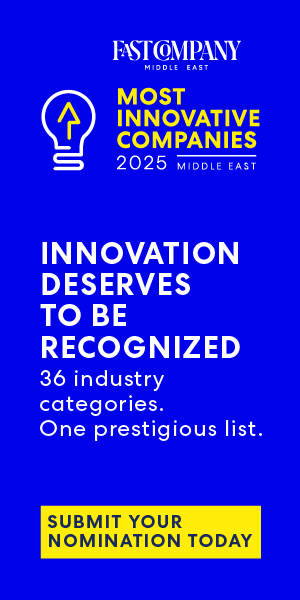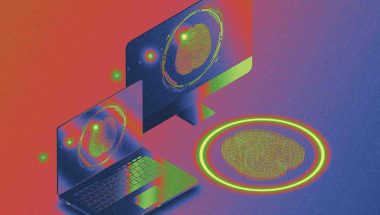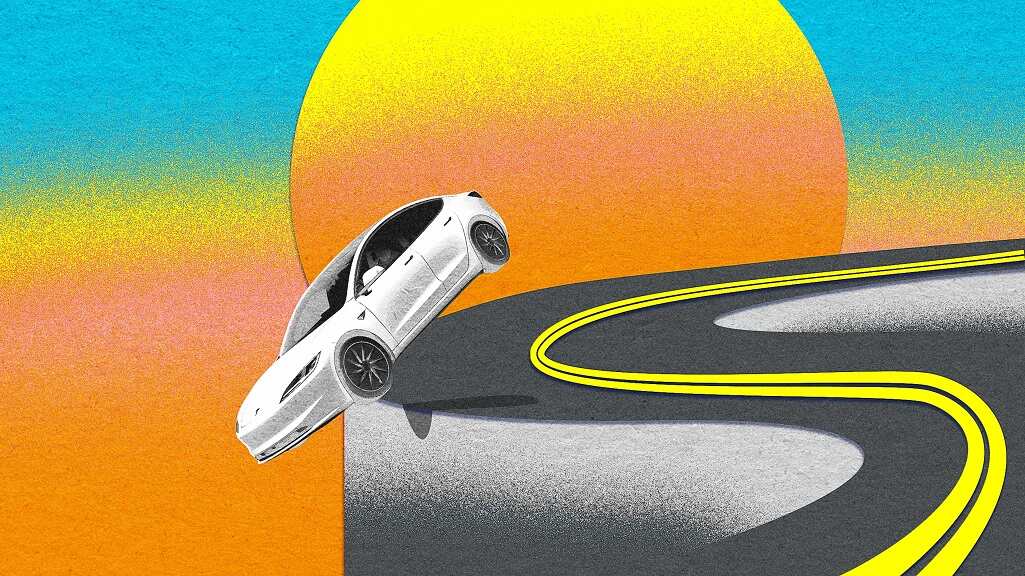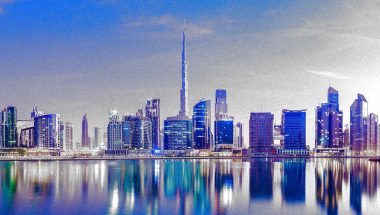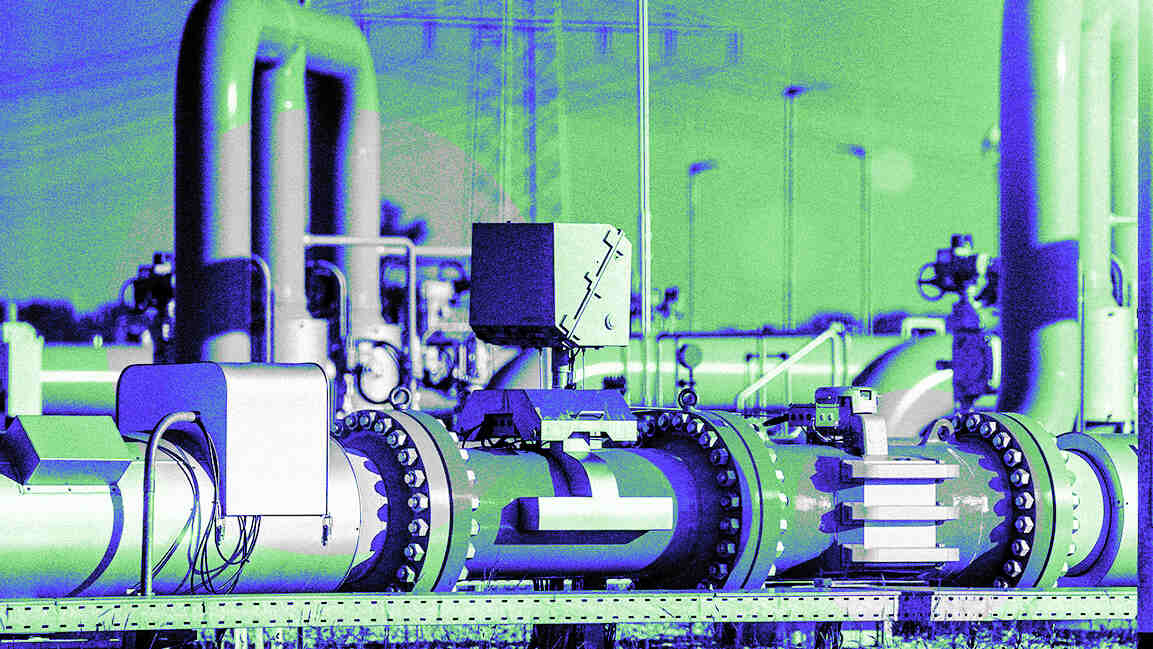- | 9:00 am
How technology is shaping and challenging the future of design in the Middle East
Designers must be curious, adaptable, fearless, emotionally intelligent, and culturally sensitive to succeed in today’s landscape, experts say.
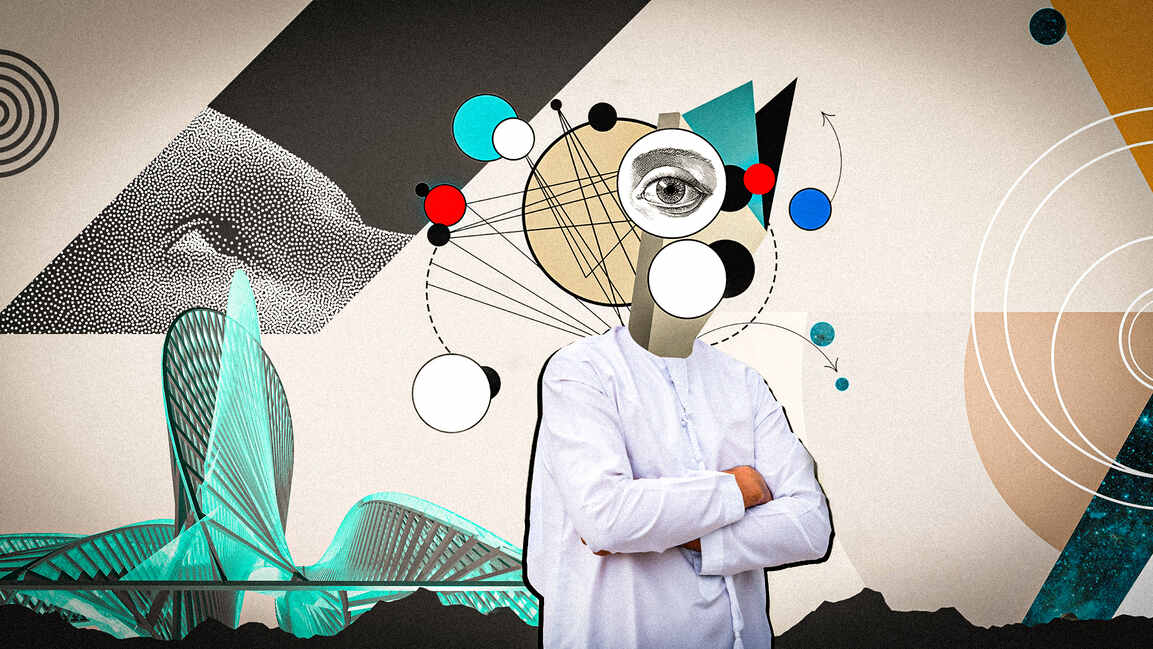
Design drives societal change, whether through architecture, infrastructure, product development, or beyond. Technology’s role in facilitating these innovations is monumental, influencing the way products are conceptualized, developed, implemented, and even marketed.
With the rise of AI, this landscape is evolving even more rapidly. According to the 2025 State of AI in Design Report, 89% of designers report that AI has enhanced their workflow, whether by reducing repetitive tasks, generating copy, accelerating early research, or assisting in prototyping.
Design teams are increasingly relying on AI in the early stages of their process: research, ideation, and strategy. While 84% use it occasionally or regularly during the exploration phase, usage drops to 68% during creation and 39% in the delivery phase.
THE ROLE OF A DESIGNER
Matthias Hollwich, Founding Principal of HWKN Architecture, says the increased accessibility of AI over the past few years has been a fundamental game changer for the architecture industry, accelerating the idea development process and enabling designers to work more quickly and with greater precision.
“AI can still be used for this, but now it is so much more than that, it’s a tool that is allowing us to redefine what architecture is and how we as architects design,” Hollwich says.
He explains that AI has shifted their practice from identity-driven design to one that is rooted in deep research that was not possible before.
However, he emphasizes that architects should view AI not as a replacement, but as a co-pilot—enabling faster prototyping and unlocking new, unexpected possibilities.
Alex Yoo, Senior Director, Design & Project Management – Global Design, Middle East & Africa, Marriott International, says technology has significantly transformed their project approach.
“Over the past decade, tools like 3D modeling, virtual reality, and artificial intelligence (AI) have enabled us to create immersive experiences of our designs, allowing stakeholders to visualize guest rooms, lobbies, and other spaces before they are built.”
Eran Chen, Founder of ODA, notes that one of the most profound shifts has been in how designers visualize and communicate ideas. “Advanced modeling, real-time rendering, parametric design, and now AI-generated imagery give us the ability to visualize complexity, simulate human behavior, and test a range of outcomes almost instantly.”
He adds, “What’s most radical isn’t just speed or precision—it’s the expansion of imagination. We can now explore layered concepts that blend narrative, structure, and urban impact in ways that were never possible before.”
CREATIVITY VS TECH
Carlo Ratti, Director of the MIT Senseable City Lab and Founding Partner of Carlo Ratti Associati, notes that design has undergone several major transformations over the past two decades—from the rise of digital tools in the 2000s to data-driven modeling and now the integration of generative AI.
Ratti poses the provocative question, “Will AI be the death of the architect?” suggesting that it might be for those who simply replicate existing models or perform repetitive tasks. “But there remains a domain that AI, at least for now, cannot reach: the invention of what has not yet been imagined. AI can analyze the past and generate plausible forms, but it lacks the creative spark that comes from intuition, context, and risk,” he says.
“The most beautiful task remains quintessentially human: to invent what has not yet been invented.”
Yoo adds that technology can greatly enhance creativity by offering new ways to explore and visualize ideas—a potential he has already witnessed in current projects. However, he cautions against over-reliance on precedent and automation, which could lead to less original outcomes.
“Striking a balance involves using technology to inspire and support the creative process while staying true to a unique vision and design principles.”
He also emphasizes the value of collaboration with stakeholders beyond the design field. “Engaging those focused on growth or operational efficiency can introduce fresh perspectives and help drive originality and innovation.”
ETHICAL CONSIDERATIONS
Yoo talks about the ethical considerations and challenges that designers must navigate when integrating new technologies into their work. He talks about the learning curve and adaptability required of designers when introduced to new technologies. Integrating these technologies into established workflows often requires significant adjustments and can disrupt usual processes.
“Mastering new software and tools, including AI-driven design platforms, can be sometimes overwhelming, especially when different stakeholders are at different stages in their respective implementation timelines,” he explains.
On the other hand, Ratti lists authorship and copyright as a major challenge, explaining that while so far the debate has only focused on written content, it could set a precedent for how copyright law applies to artificial intelligence, having an increasingly significant impact on design.
“Another pressing concern is job displacement. As automation advances and cities begin to utilize AI and data for responsive systems, we must ensure a just and equitable transition for all those affected,” he adds.
“The real challenge isn’t whether we can use new technologies—it’s whether we can do so without losing ourselves in them,” Chen notes.
“When AI begins to suggest forms, moods, and compositions, it’s tempting to follow. But the designer’s role is not to surrender authorship to algorithms,” he explains, saying that a designer’s responsibility is to filter, critique, curate as well as bring context, memory, and empathy to every decision.
“If we’re not careful, we risk aesthetic homogeneity and cultural amnesia. The future won’t be defined by how smart our tools are—but by how wisely we use them to serve the human experience.”
Similarly, Hollwich emphasizes the importance of architects embracing new technologies as tools that enhance their work, rather than viewing them as a threat.
“With AI, re-adaptation every month and open conversations around findings is key to truly understanding the technology and for designers to stay ahead of the advancements.”
Hollwich notes that while there are certainly considerations to navigate, this moment remains a huge opportunity to expand the boundaries of design. “Technology, especially AI, has the ability to enhance human-centric design by allowing us to explore more options, faster, and with greater contextual sensitivity.”
DATA-DRIVEN DESIGN
Ratti explains that many of the failures in 20th-century architecture stemmed from models in which architects assumed they had all the answers, including how people would behave. “The design itself often prescribes how people are supposed to act within it. But in reality, things never played out that way.”
“Data introduces new feedback loops into the design process. It can inform the initial stages, and it can also shape successive iterations. In essence, data makes design behave more like natural evolution—responding, adapting, and improving over time,” Ratti adds.
Hollwich echoes the sentiment, saying that deep research is crucial, allowing designers to reach their goals with less time and financial effort.
“Data-driven design is not just about efficiency, but rather it’s about empathy at scale,” he explains. “Data can be used to understand behavioral patterns, environmental performance, and usage trends, allowing architects and designers to craft spaces that are healthier, more intuitive, interactive, and meaningful for the people who use them.”
NEEDED SKILLS
To navigate an increasingly technology-driven design landscape, designers must acquire new skills that support adaptability and innovation.
Chen says designers of the future must be fluent in code and fluent in culture. “It’s not enough to sketch or model—you must know how to integrate computation, simulation, and generative design into your process. But more importantly, you must know why you’re doing it,” he explains.
Similarly, Yoo adds that adaptability and a commitment to continuous learning are essential. Proficiency in advanced design tools and the ability to use data to guide design decisions will be increasingly valuable.
“That said, soft skills like collaboration, emotional intelligence, and flexibility are crucial, as is staying curious about emerging trends and technologies,” he highlights.
Hollwich believes that curiosity is key, followed by fearlessness and the willingness to fail.
“In today’s technological landscape, we do not have all the answers yet – we have new questions that emerge daily, and it will continue that way,” he says.
“Another key quality is taking a stand. Some design solutions are right, and others are wrong, and AI can help us to find the best solution, but designers still need to be critical and make the final decision.”
Delve deeper into human-centered and purpose-driven design, how AI is revolutionizing product design, designing the future of tourism, and more at the Innovation By Design Summit, partnered with Msheireb Properties, in Doha, Qatar, on September 24. Attendance at the Innovation by Design Summit is by invitation only. Delegates can register here to receive their exclusive invite.






